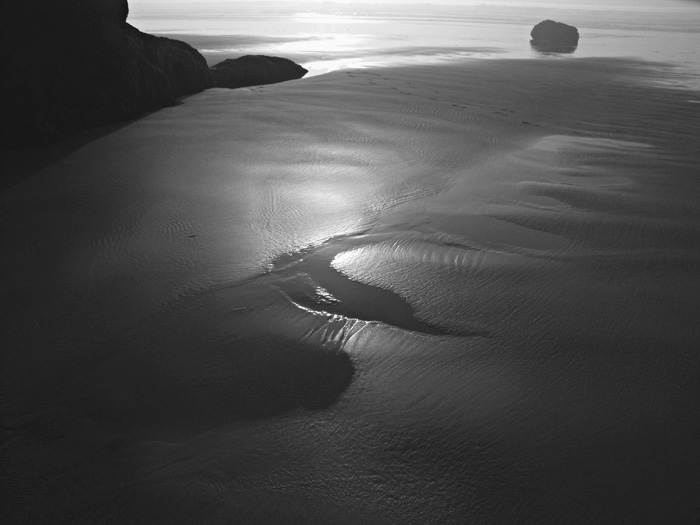To question is life itself. I wrote this ten years ago. And understand it more clearly now, as I likely will find greater clarity ten years from now. Our insights are evolving—always—if we seek to enlarge the question. Keeping a question alive means a continuous striving towards understanding and realization.
Many questions have vibrated in me over the years. In a previous post, I raised the question that Dorothea Dooling asked frequently: What serves what? This single question began a path of discovery that has served to enlarge my understanding and open me to many new insights. We are always serving something, related to forces that are either evolutionary or involutionary. The mechanical flow of life is powerful and compelling, pulling us into its currents from life to death. In other words, in the vast majority of moments in our lives, we serve life itself.
However, another possibility emerges in our most present and aware moments: of consciously serving something higher. Our bodies can be receptacles for finer energies; our feelings can open to the transformative influence of faith hope and love; and our minds can be attuned to the currents of a deeper intelligence. In these rare and refined moments, we can be conduits for something finer, higher, deeper, to pass into the world through our very being.
So many discoveries for me, in different areas of life, have arisen from this simple yet profound question. Gurdjieff said that all things have at least seven different aspects, often on differing levels. And my first photography teacher, Nicholas Hlobeczy, would open us frequently to new discovery by asking the question: And what else? As soon as we thought we knew or understood, he would simply ask: And what else?
Even concise, declarative statements can form a question, a quest towards exploration, experience, and inquiry. Patanjali, complier of the Yoga Sutras, engages in a platonic form of dialogue through simple, evocative statements that open to deep questioning and discovery over time. There are 195 Sutras, divided between four books. Patanjali begins with the most general and moves through the Sutras to the most specific. He reconstructs a progressive process of inquiry, of questioning that demands time, practice, and seeking understanding before clarity can emerge.
Quite early in the book, Sutra 1:3 states: The seer resides in its own splendor. Pure awareness perhaps? Freedom from the tyranny of our fragmentation and self-occupied inner conditions? The statement is a distant aim, a target to aim for. The Yoga Sutras offer a progressive unfolding of practice and experience.
Yoga helps to continue the germination of the seeds of self-questioning. The early stages of an asana practice ask the question “what is the body?” as different poses evoke different sensations. Moving forward in practice we move through layers of understanding of who we are. We understand ourselves to be external, material beings at the onset of a practice, preoccupied with external reality – our relationships, our physical sensations and attachments. Over time, we understand ourselves to be less physical in nature and more cerebral. We may question our thinking more than our doing.
All of these questions seem to link to the eternal question of who am I? At each stage of practice, we move through layers, asking “Is this who I am?” At each step we find something deeper. In my own experience, pitfalls arise when I stop asking, thinking “Aha! This is it. This is who I am.” Inevitably, at this point some other experience crops up that breaks the fragility of these small self realizations, telling me “No, not that.”
Thus far, each stage is integrative in that it is part of a greater whole. To take one piece and call it completely “I” is indeed a misidentification. Each question points to another question. The Chandogya Upanisad’s statement Tat tvam asi, or “Thou are that” poses a different answer to the question of Who am I? Perhaps instead of rejecting the outer manifestations of the self as being false – “No, not that” – we can see each part as one element of a greater whole, saying “Yes. Thou art that… and what else?” Yoga becomes a form of creative inquiry.
Approaching a question is at the heart of both creativity and yoga. We work from questions… not from answers. In the creative act, we actively inquire into the nature of a new idea, a potentially broader way of seeing, or a particular region of exploration that lies yet unformed. Further, this quest is sensed, felt, and known simultaneously, through the head, heart, and body. Exploration of our potential wholeness lies at the core of the creative process.
“Is it possible to keep alive in ourselves our most authentic and precious capacity, which is questioning? Paradoxically, [the] basic act of knowing, which is attention, is only actualized when we don’t know—that is, when there is a question. … It is only between my not knowing and my urge to know that I find myself present, mobilized, open, new—that is to say, attentive.
Attention in its active form is therefore inseparable from interrogation; it is essentially, in its purity, an act of questioning. This act is the privilege of our human existence. An animal contents itself with being. The responsibility of man is to question himself on the meaning of his being.” —Michel De Salzmann, Awaken to the Question, Parabola 27:1

